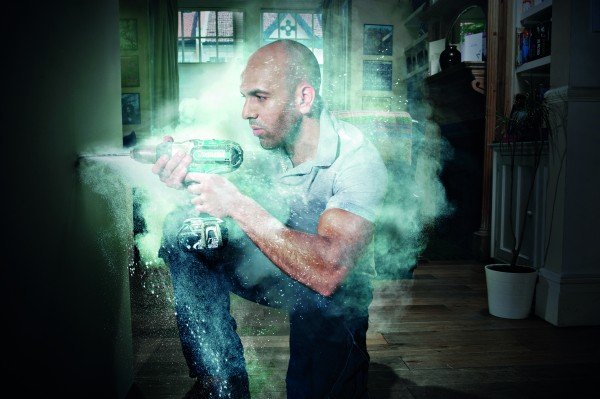 As part of its mesothelioma research campaign, the British Lung Foundation (BLF) hosted Action Mesothelioma Day 2015 on 3 July. Dr Penny Woods explains why the BLF has teamed up with the BOHS’s Breathe Freely campaign to promote healthier workplaces.
As part of its mesothelioma research campaign, the British Lung Foundation (BLF) hosted Action Mesothelioma Day 2015 on 3 July. Dr Penny Woods explains why the BLF has teamed up with the BOHS’s Breathe Freely campaign to promote healthier workplaces.
Mesothelioma is a long-winded word that many of the general public won’t have heard of, yet it has the dull ring of familiarity for those working in trades and construction. A type of cancer affecting the lining of the lungs, mesothelioma is most common among those people who at one time worked in these industries.
New figures from HSE on mesothelioma mortality for the years 1958 to 2013 [1] show that the UK continues to have the worst mortality rates for mesothelioma in the world – and this has not even peaked yet. Unless new treatments are found, it is estimated that 60,000 people will die of mesothelioma over the next 30 years. [1]
Well-funded research is the only thing likely to change this harrowing prognosis. That’s why, for Action Mesothelioma Day this year, the British Lung Foundation (BLF) called for greater investment in research – the sooner we have this investment, the sooner we can start saving lives.
Plumbers, joiners, shipyard workers, electricians, pipe fitters, sheet metal workers, painters and decorators, labourers: these professionals, to name a few, are all at higher risk of developing the deadly disease.
This is because the main cause of mesothelioma is breathing in asbestos dust. The long-lasting and devastating damage this lethal fibre would do in decades to come could not have been predicted, and consequently asbestos was widely used until the 1990s in construction and other industries to insulate and fireproof buildings.
Many of those affected by mesothelioma developed the disease just by working in a building containing loose asbestos, and even unwittingly exposed their family members and loved ones to stray asbestos on their clothing. Mesothelioma is also more common among those who were exposed to asbestos while serving their country in the navy.
While the disease is still little-known among the general public, this terminal cancer kills around 2,500 people every year in the UK. Prognosis is poor and unfortunately most mesothelioma patients will die within mere months of their diagnosis – fewer than one in 10 will survive three years.
The disease is cruel in its dormancy, only developing years – sometimes decades – after the time of the original exposure to asbestos.
Despite the fact that mesothelioma kills numbers on a par with well-known cancers, such as myeloma, the disease is severely underfunded. More investment into research is essential if we are to discover a cure or new and effective treatments for this disease, saving the thousands of people affected by mesothelioma as well as providing support for those caring for them.
Researching vital new treatments to help those who have developed the disease is a priority, but BLF is also keen to ensure no one is exposed to asbestos in the first place – stopping this cancer in its tracks.
While asbestos was banned in the UK in 1999, it is still found today in many buildings – including homes, schools and hospitals. Harmless if undisturbed, asbestos is nevertheless a dormant danger lurking behind the walls.
The BLF feels passionately about protecting the UK’s workers from the hazards of asbestos. That’s why it’s partnered with the British Occupational Hygiene Society’s Breathe Freely campaign, which aims to prevent occupational lung disease through the implementation of effective exposure control.
By working with the Breathe Freely campaign and other supporting organisations, the BLF hopes to promote healthier workplaces for construction workers so that no one is put at risk of developing a lung disease simply because of their trade. n
Dr Penny Woods is the chief executive of the British Lung Foundation
For more information about mesothelioma, visit: www.blf.org.uk/Page/mesothelioma
Reference
- http://www.hse.gov.uk/statistics/causdis/mesothelioma/index.htm
What makes us susceptible to burnout?
In this episode of the Safety & Health Podcast, ‘Burnout, stress and being human’, Heather Beach is joined by Stacy Thomson to discuss burnout, perfectionism and how to deal with burnout as an individual, as management and as an organisation.
We provide an insight on how to tackle burnout and why mental health is such a taboo subject, particularly in the workplace.



[…] Action on mesothelioma – Unless new treatments are found, it is estimated that 60,000 people will die of mesothelioma over the next 30 years. [1] Well-funded research is the only thing likely to change this harrowing prognosis. That’s why, for … […]